Our Floating City Project – Architectural Design Contest was held in the Spring of 2015. These are artistic conceptual images – NOT the floating islands planned for French Polynesia.The contest was organized in partnership with DeltaSync (Netherlands) and judged by an international panel of experts (see bios below).
All design contest images on this page are under the Creative Commons Attribution License. It means that you are allowed to redistribute and modify images but that you must attribute the original designer when doing so.
The following are artists’ concepts, and NOT plans for the French Polynesia Floating Island Project.
1st Place
Two entries tied for first place.
Artisanopolis
Submitted by Gabriel Sheare, Luke & Lourdes Crowley, and Patrick White (Roark 3D)
View Complete Design



Storm Makes Sense of Shelter
Submitted by Simon Nummy (Atkins)
View Complete Design



3rd Place
Prismatic Module Island
Submitted by Matias Perez (architect)
View Complete Design
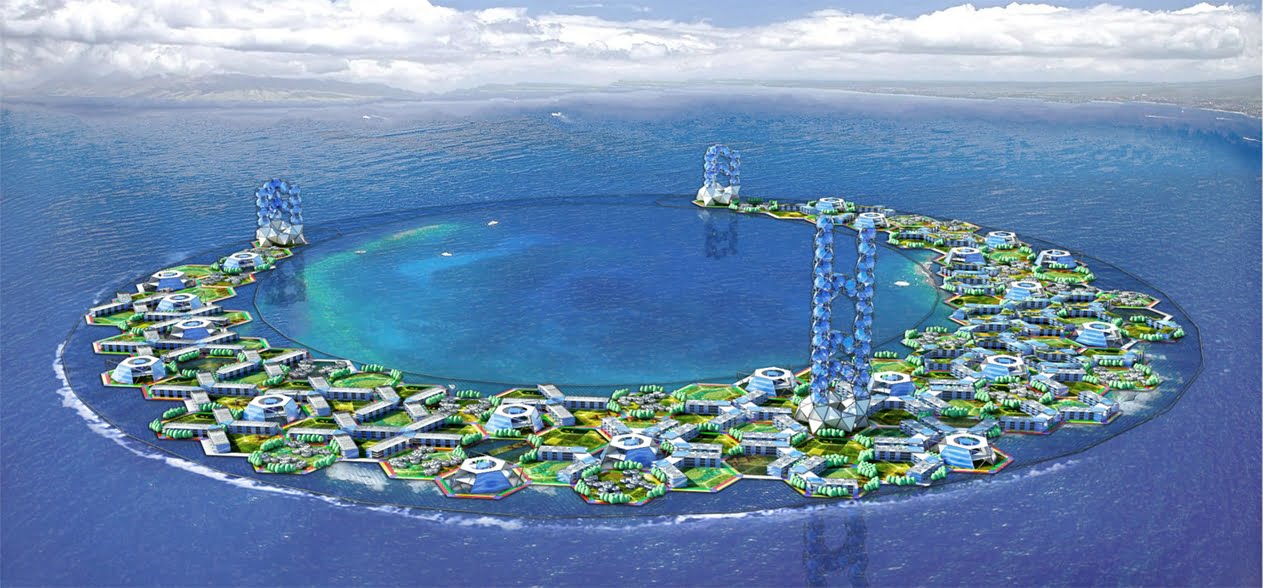
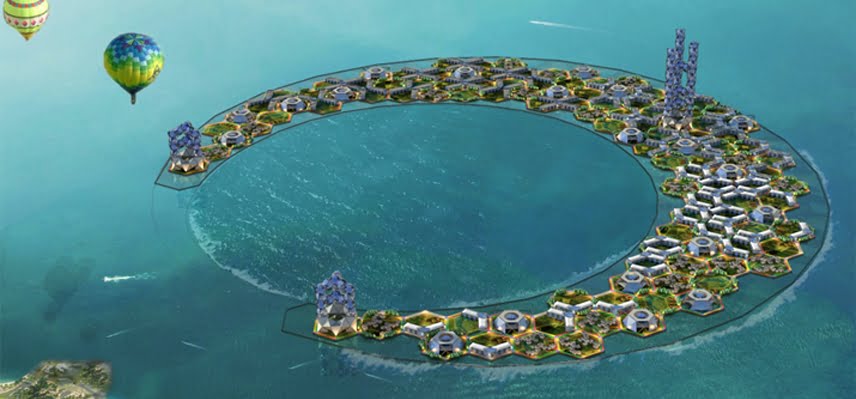
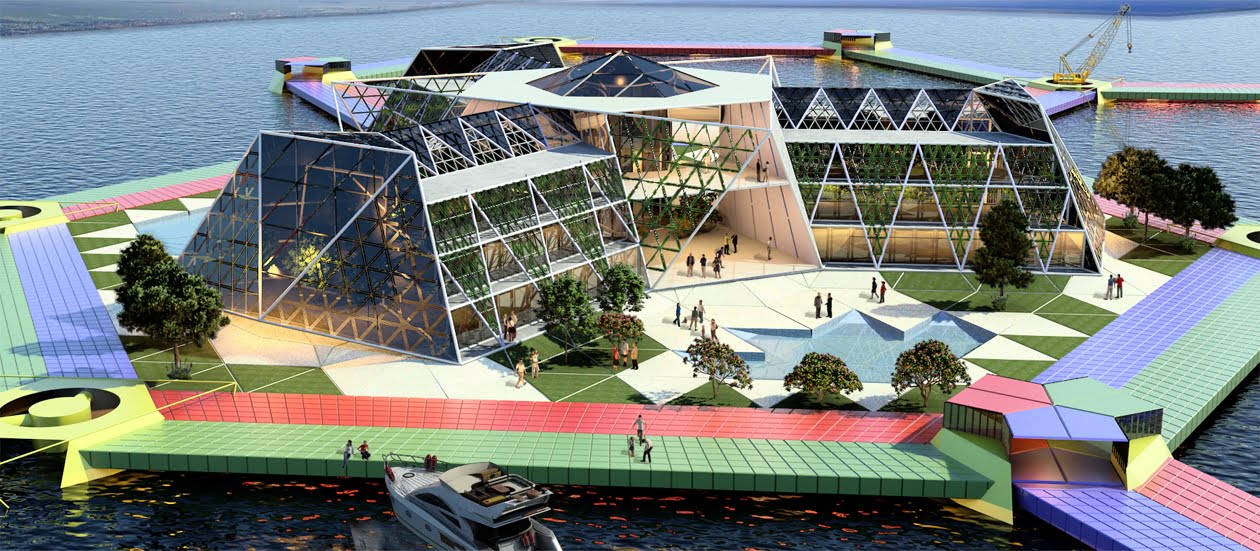
Runners-Up
Expanding Ocean Network
Submitted by Min Seok Kim (Seoul National University)
View Complete Design
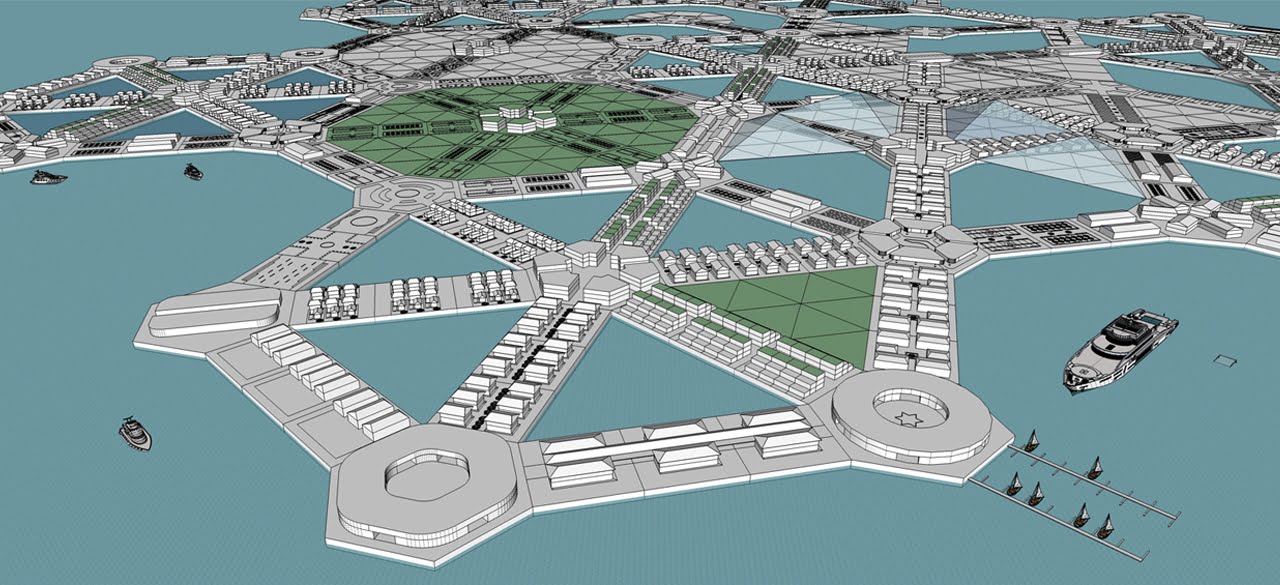
Submitted by Yin Tao-chiang (TDArch)
View Complete Design
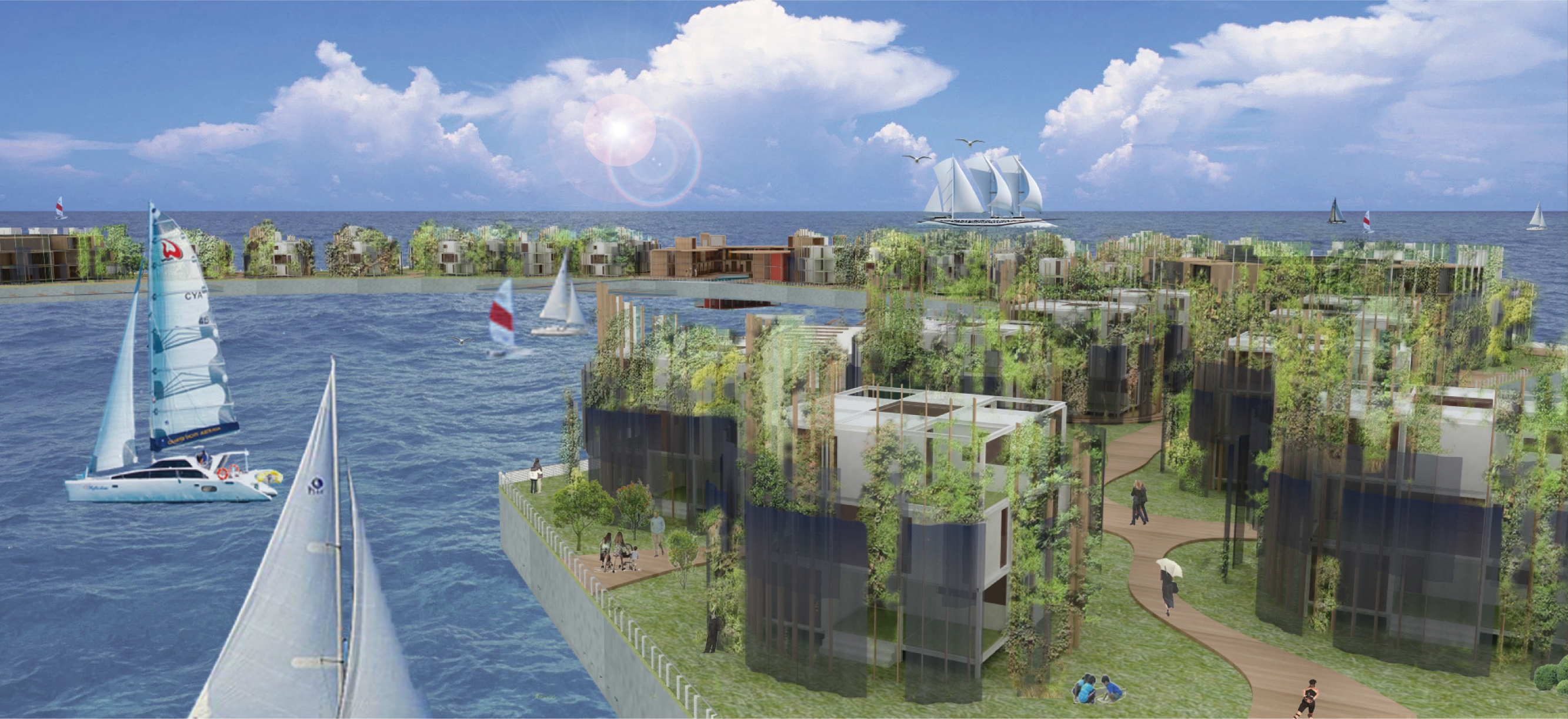
Design of floating sea farms
Submitted by Shinji Sato (Nihon University, College of Science and Technology Department Oceanic Architecture and Engineering)
View Complete Design
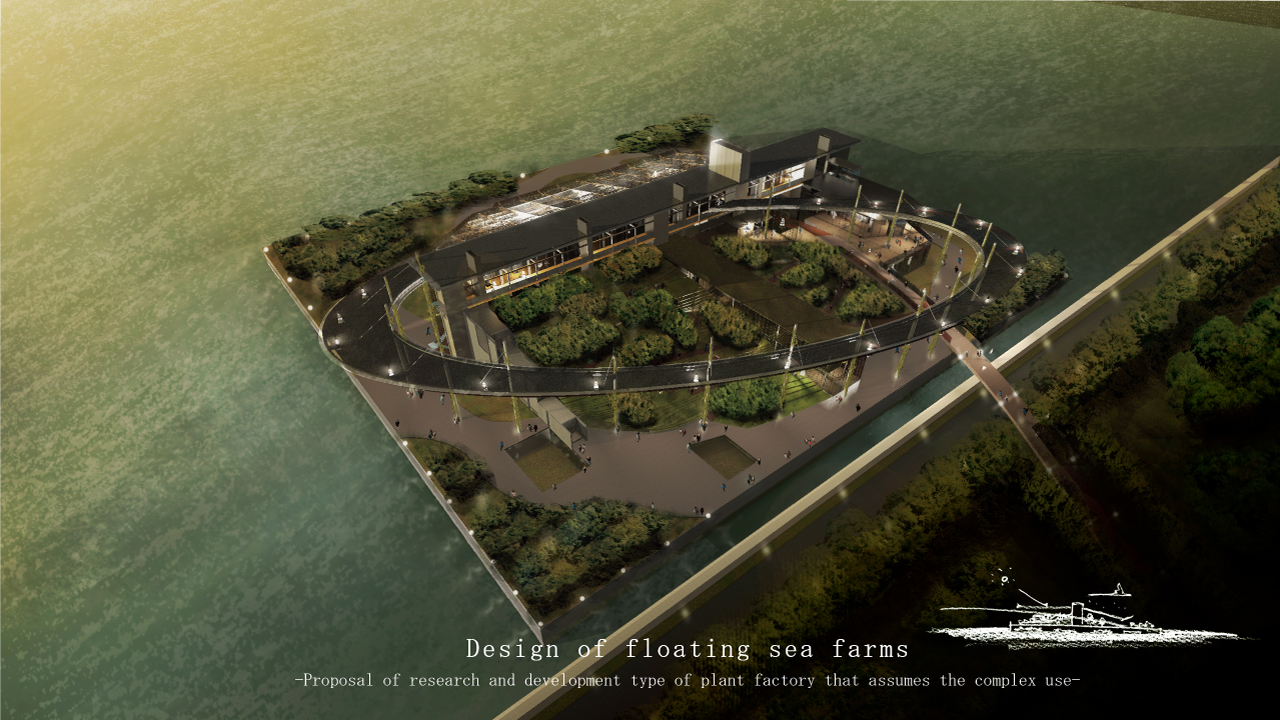
People’s Choice Winner
Five Petals
Submitted by Emil Marvin Rozario Suerte (De La Salle University – Dasmariñas)
View Complete Design

Honorable Mention
This entry did not conform to the contest rules, but our panel of judges agreed the design deserved an honorable mention for its “inventive and speculative spirit…the candidate re-imagined existing technologies to ameliorate our eventual dystopic fate of trash riddled oceans.”
Fantasea
Submitted by Derek Ramsey (Cal Poly)
View Complete Design
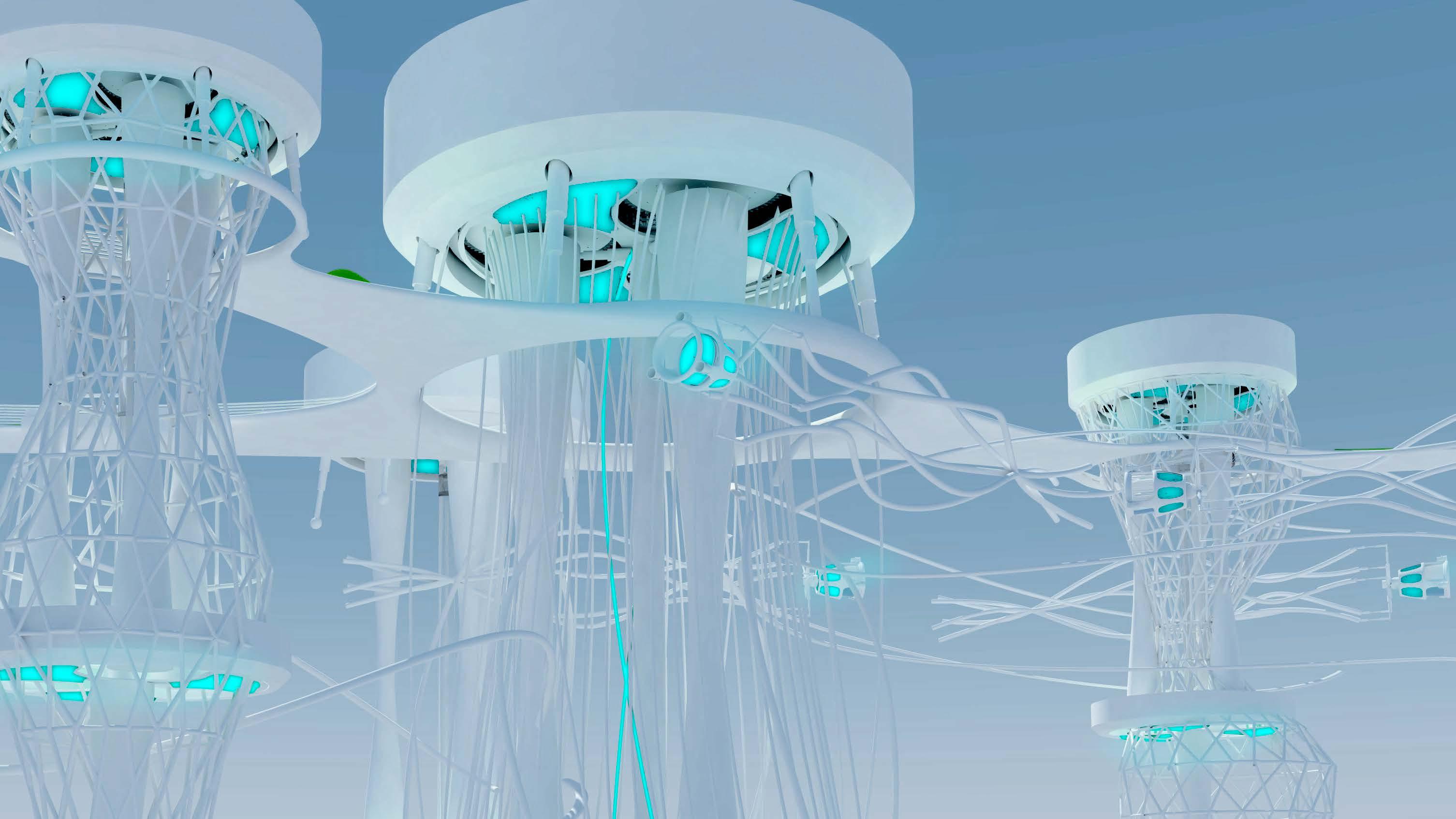
Other Qualifying Entries
Liberstead
Submitted by JW Bruns (Liberstead Publishing, LLC)
View Complete Design
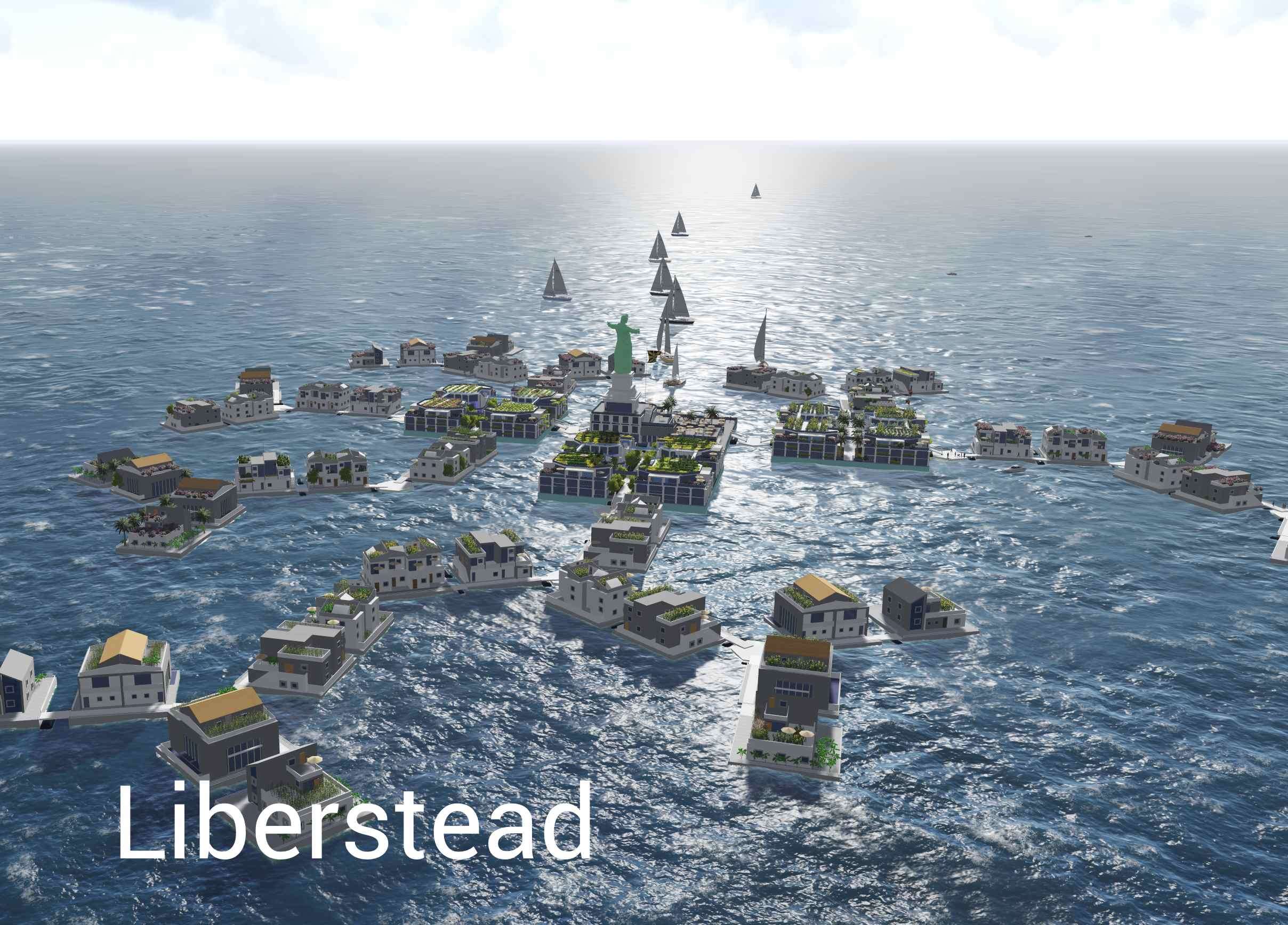
Cure-o-Sea-ty
Submitted by Stephanie Yap (University of Santo Tomas)
View Complete Design
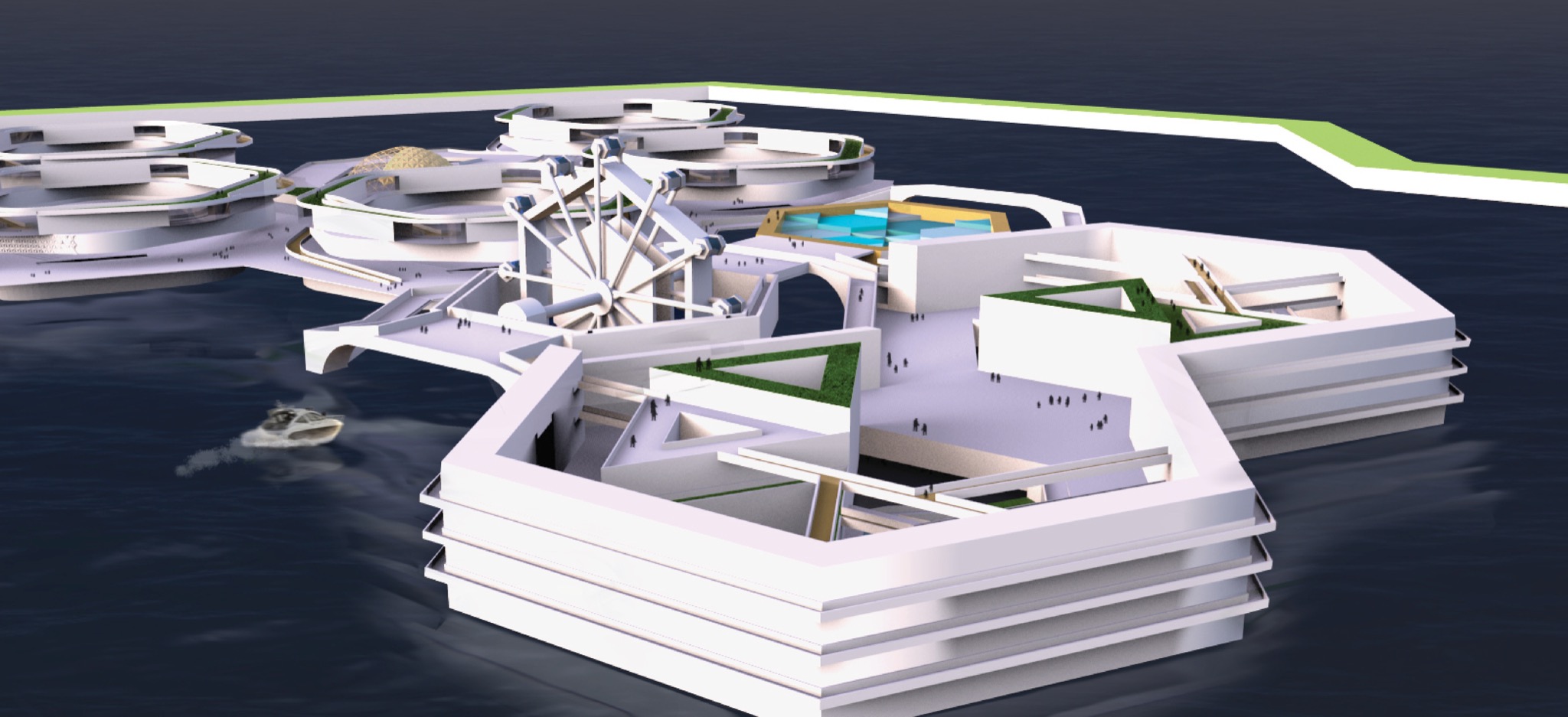
Lotus Flower
Submitted by Mohit Natani (College of Architecture, SVIT-Vasad), Krishnanunni K. U (Govt engineering college, Thrissur), Anuradha gupta(Dr.Baliram Hiray college of Architecture, Mumbai), Faizal khan (IPS Academy, Indore), Mohit Natani (College of Architecture, SVIT-Vasad)
View Complete Design

Fonction Distribution
Submitted by Amal Jaouani (National School of Architecture and Urbanism, Tunis)
View Complete Design
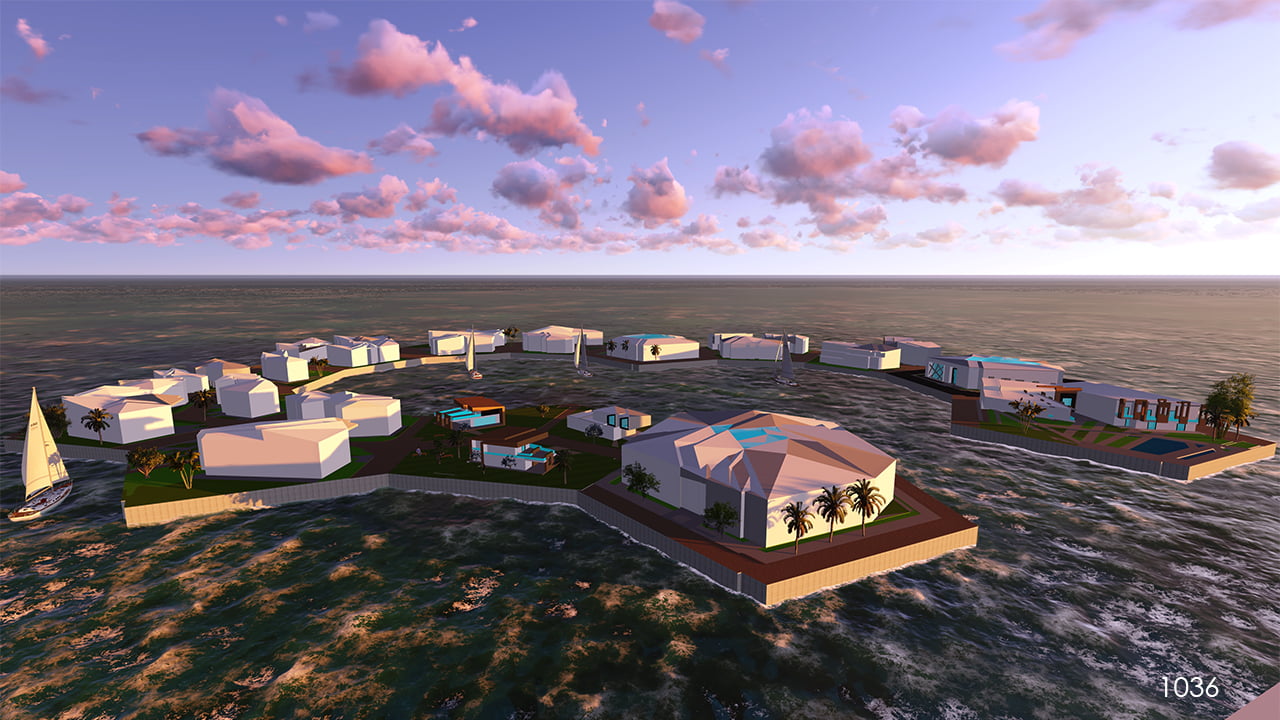
Star Shining Marine City
Submitted by Shinichiro Kawata (Kawata Architect & Associates)
View Complete Design
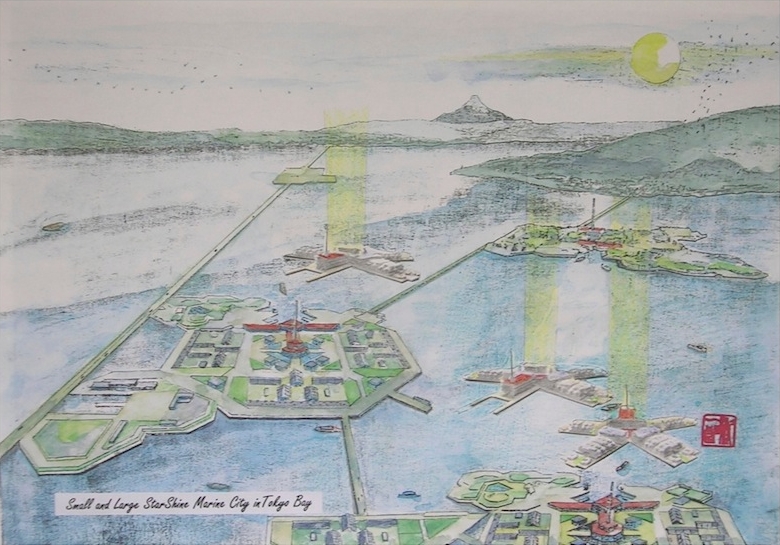
Roofscape
Submitted by Valentin Ribi (student)
View Complete Design
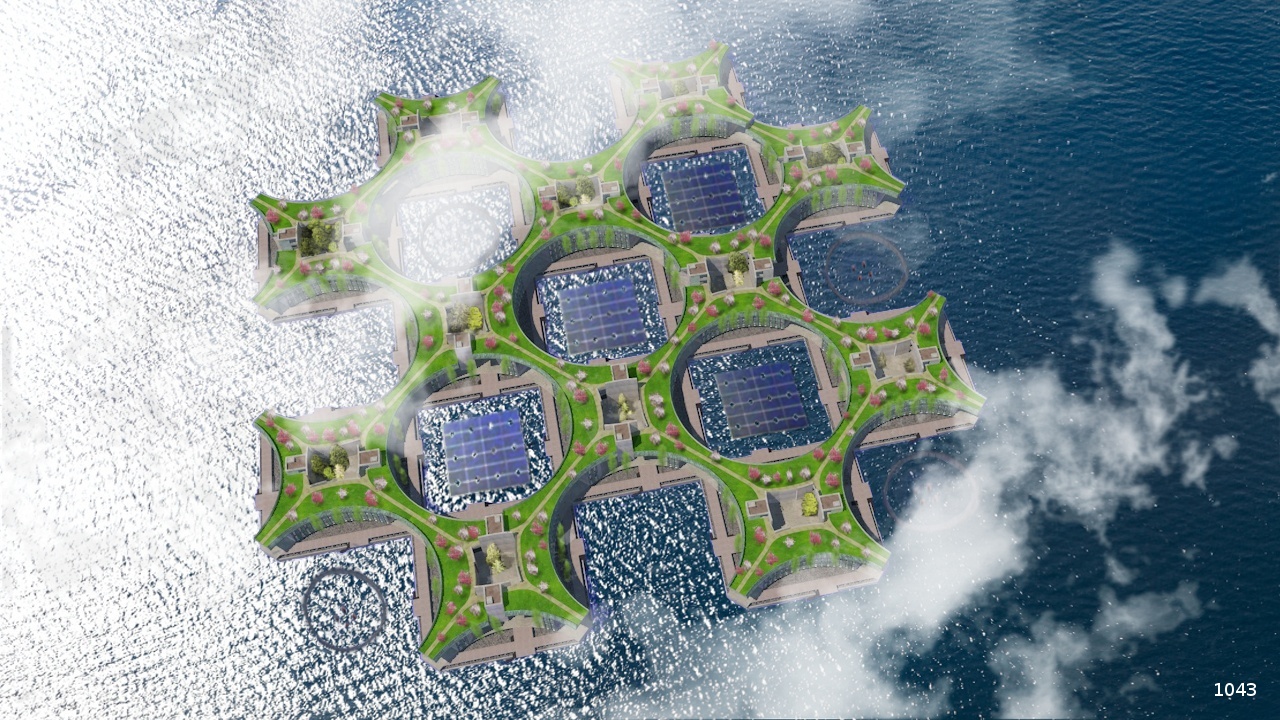
Pioneering Spirit
Submitted by William Poulin (Walt Disney Imagineering) as an independent study
View Complete Design
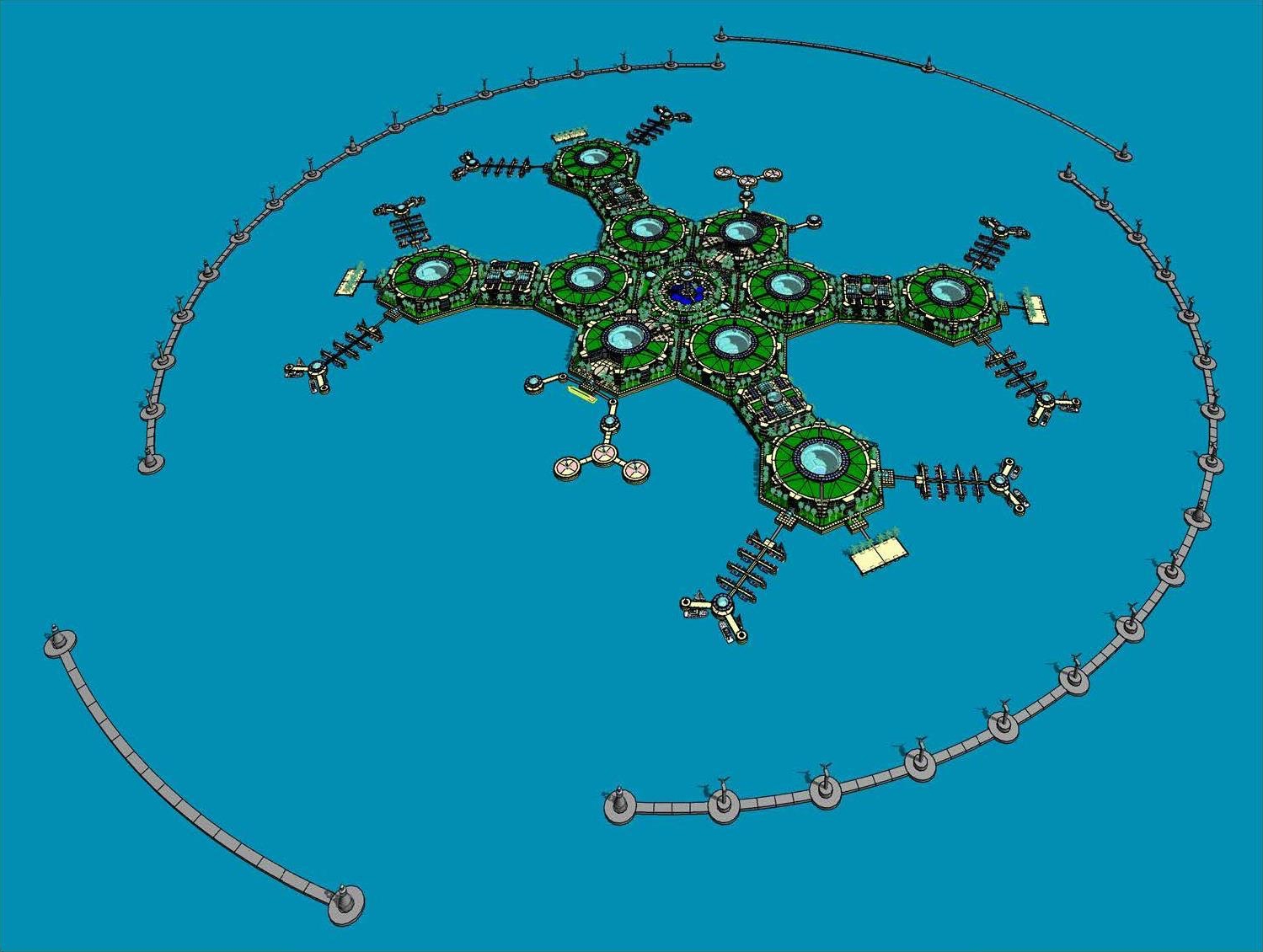
Hydrofoil City
Submitted by Daniel Schwabe (Synarchitects GmbH)
View Complete Design
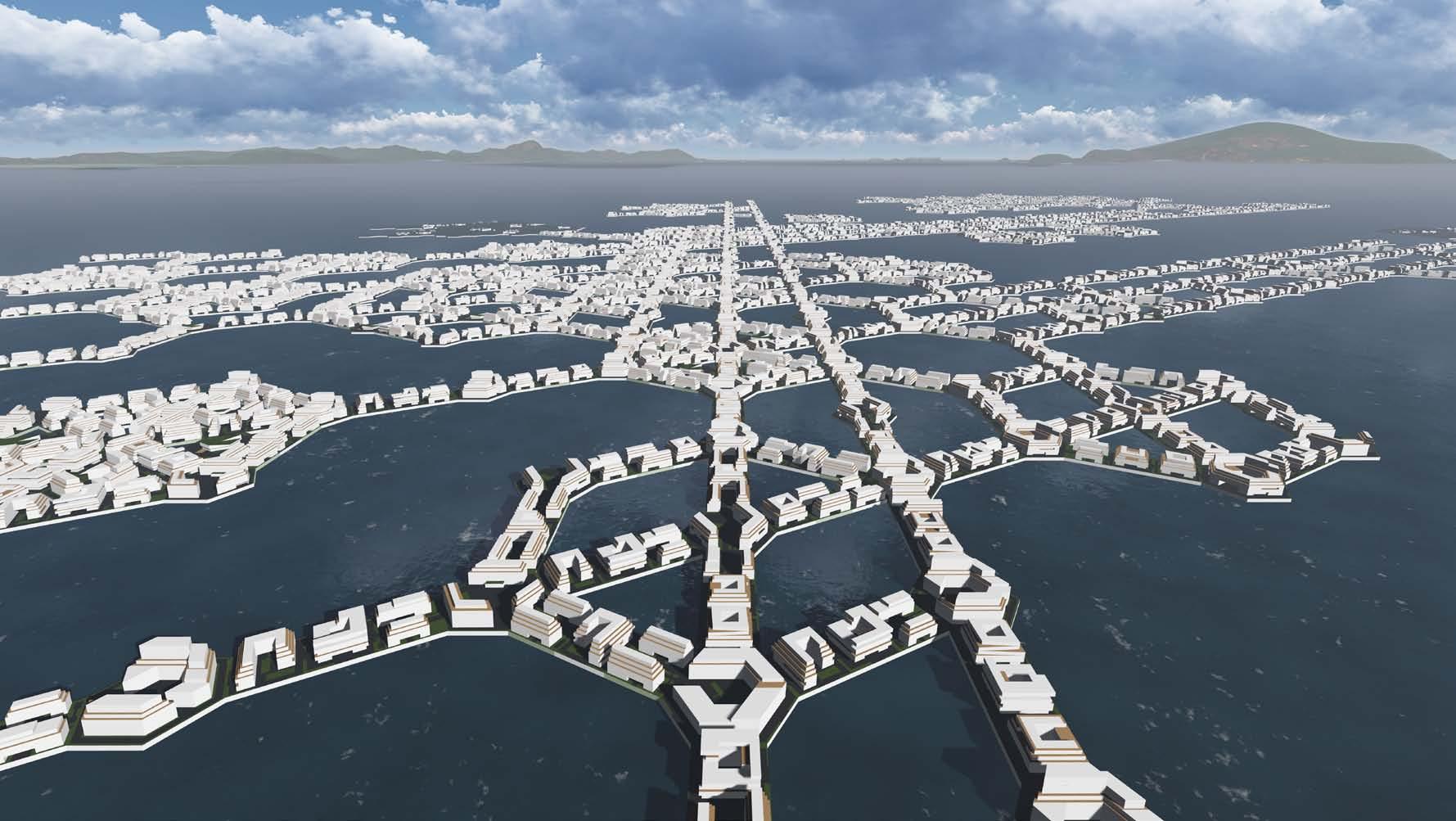
Jury Bios
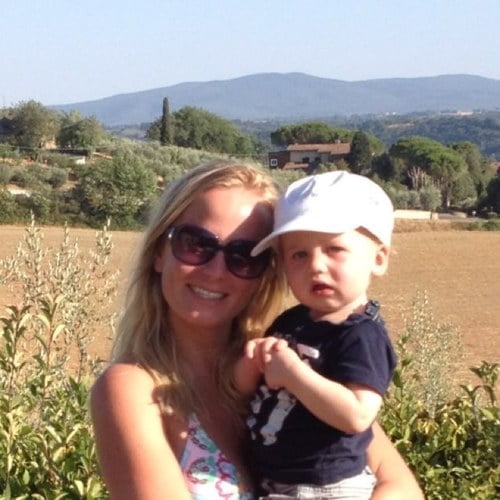
Karina Czapiewska
Director Project Development, DeltaSync (Netherlands)Karina Czapiewska is a specialist in the field of multidisciplinary area development, project management and sustainable development. She graduated at the faculty of Architecture at Delft University of Technology with a minor in Sustainable Development (TIDO) and is responsible for business development, sales and consultancy on feasibility studies, flood proof area development and living on water. Since she first learned about the possibility of floating cities in during her study she committed herself to realize the first self supporting floating city in the world.

Bart Roeffen
Architect and Creative Director, DeltaSync (Netherlands)As principal architect Bart Roeffen was in charge of the design and construction supervision of the Floating Pavilion in Rotterdam. This is considered to be one of the leading floating projects and a milestone in the technological development of floating urbanization. Advanced 3D technology was adopted in order to translate spatial concepts into reality and optimize complex shapes. Roeffen is driven to innovate construction industry in terms of production and sustainable development.

Randolph Hencken
Executive Director, The Seasteading Institute (USA)Randolph Hencken is the Executive Director of the The Seasteading Institute, a US based nonprofit think-tank working to enable seasteading communities – floating cities – which will allow the next generation of pioneers to test new ideas for government. Seasteaders believe that governments shouldn’t be like the cell phone carrier companies, with few choices and high customer-lock-in. Instead, we envision a vibrant startup sector for governments, with many small groups testing out innovative ideas as they compete to better serve their citizens’ needs. Randy developed the Floating City Project, a blueprint for ocean habitation that combines principles of both seasteading and startup cities, by seeking to locate a floating city within the territorial waters of an existing nation. He currently serves as chairman of the Board of Trustees for for Students for Sensible Drug Policy, an international organization advocating for drug policy reforms based on science and compassion.
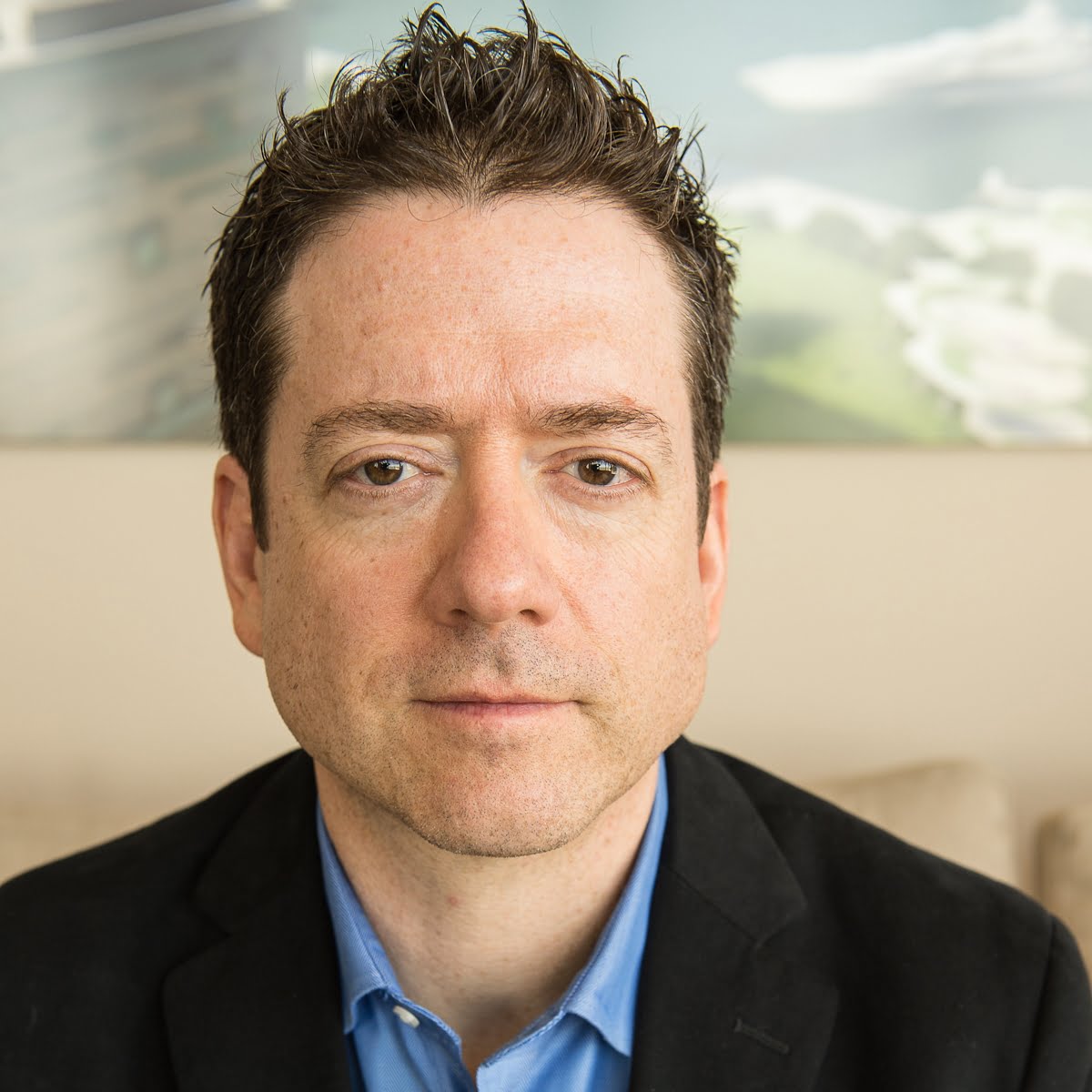
Joe Quirk
Seavangelist, The Seasteading Institute (USA)Joe Quirk is a science writer, novelist, and ghostwriter, with a national bestseller in each category. He co-authored a book with Patri Friedman, The Seastead Solution: The Race to Save the World by Occupying the Oceans, which will be published by Simon and Schuster in 2016. He has consulted for Pixar, who volunteered to illustrate his presentation for college students. As a storyteller, Joe is excited to show readers why solutions to global problems are coming not from arguments, but experiments, and how joining the seasteading community is their opportunity to discover those solutions. May the best ideas win.
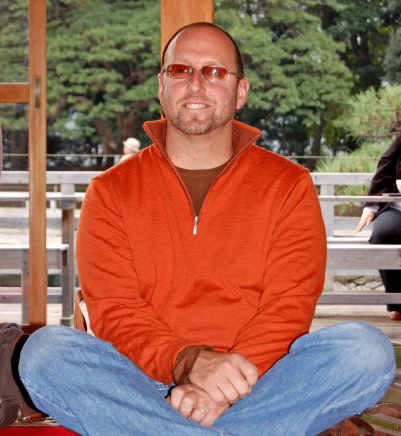
Tom Di Santo
Principal Architect at M:OME, Assoc. Professor Cal Poly San Luis Obispo (USA)Tom Di Santo is a partner in M:OME and an Associate Professor in the Architecture Department at Cal Poly in San Luis Obispo, where he teaches design, theory, representation and the implementation of sustainable principles. He achieved his Bachelor of Architecture degree from Cal Poly, San Luis Obispo, and earned a Master of Architecture degree (M.Arch II) from L’Ecole d’Architecture de Paris-La Defense. His interests range from family (wife Eva and children Trinity and Nico) to watercolors, from poetry to music, from furniture to design-build, from graphic design to fine art and film, and from photography to travel.
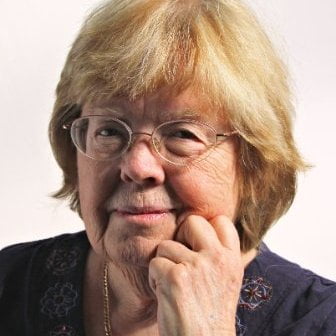
Kay Van Dyke
Architect (retired), Virginia (USA)Kay Van Dyke is an architect long fascinated by building on the water. Her thesis for her Master’s degree at UC Berkeley was a design for a floating community in San Francisco Bay. Since graduating, she worked with a civil engineer designing marinas and other floating buildings. After moving to Virginia she found few clients for floating structures, but spent many years designing hospitals and college buildings of all types. Now retired, she is delighted to volunteer for the Seasteading effort.
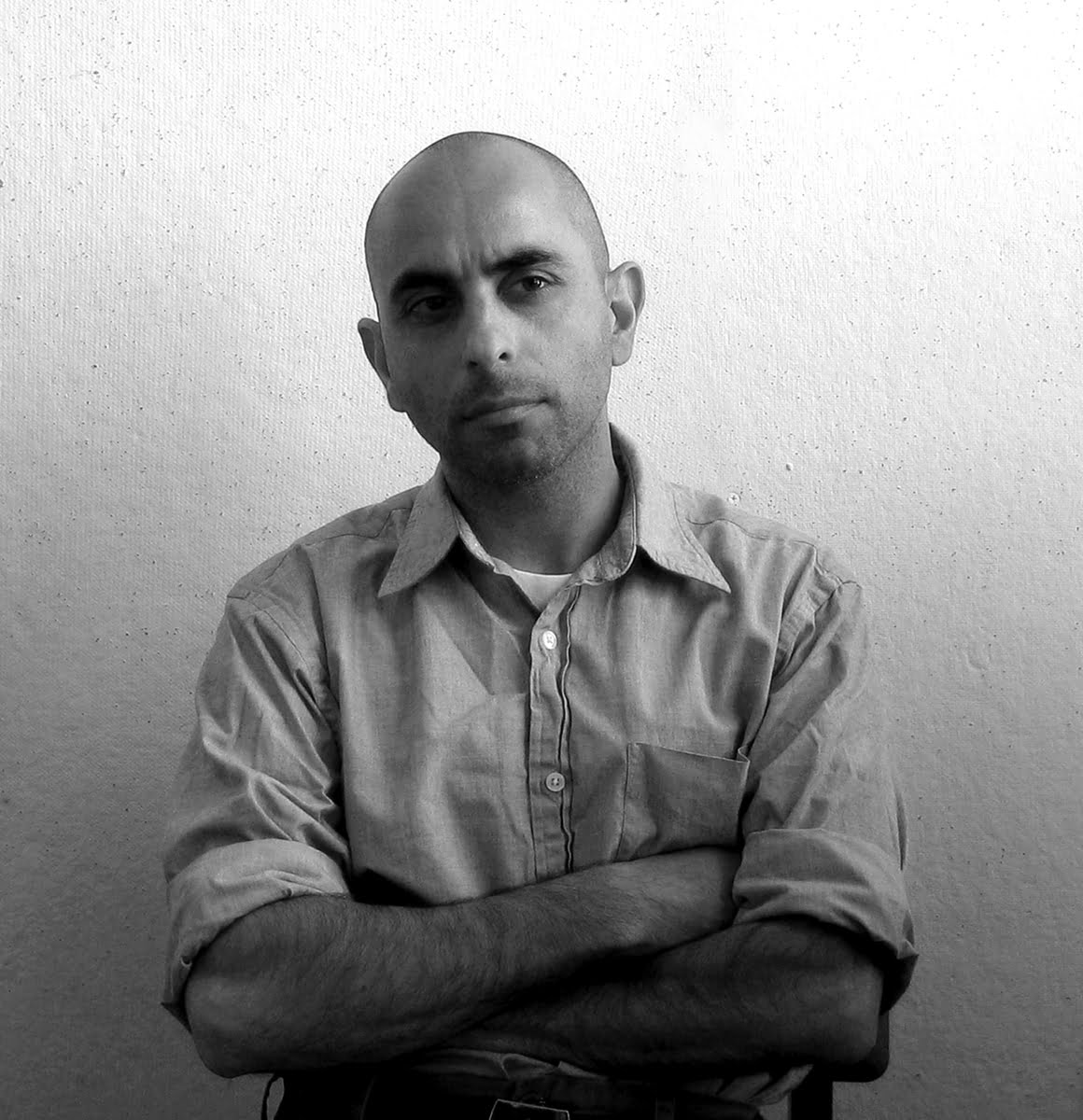
Nader Tehrani
Principal Architect at NADAAA, Professor MIT (USA)Nader Tehrani is professor of architecture at MIT, where he served as the Head of the Department from 2010-2014. He is also Principal of NADAAA, a practice dedicated to the advancement of design innovation, interdisciplinary collaboration, and an intensive dialogue with the construction industry.Tehrani received a B.F.A. and a B.Arch from the Rhode Island School of Design in 1985 and 1986 respectively. He continued his studies at the Architectural Association, where he attended the Post-Graduate program in History and Theory. Upon his return to United States, Tehrani received M.A.U.D from the Harvard Graduate School of Design in 1991. Tehrani has also taught at Harvard Graduate School of Design, Rhode Island School of Design, Georgia Institute of Technology where he served as the Thomas W. Ventulett III Distinguished Chair in Architectural Design, and University of Toronto as the Frank O. Gehry International Visiting Chair.As the principal and founder of Office dA, Tehrani’s work has been recognized with notable awards, including the Cooper Hewitt National Design Award in Architecture (2007), the United States Artists Fellowship in Architecture and Design (2007), and the American Academy of Arts and Letters Award in Architecture (2002). He has also received the Harleston Parker Award for the Northeastern University Multi-faith Spiritual Center (2002) and the Hobson Award for the Georgia Institute of Technology Hinman Research Building (2012). Throughout his career, Tehrani has received fifteen Progressive Architecture Awards as well as numerous AIA, Boston Society of Architects and ID awards. In 2013 and 2014, NADAAA was ranked no. 1 in design for Architect Magazine’s Top 50 Firms in the United States.Tehrani has lectured widely at institutions including the Guggenheim Museum in New York, Harvard University, Princeton University and the Architectural Association. Tehrani has participated in many symposia including the Monterey Design Conference (2009), the Buell Center ‘Contemporary Architecture and its Consequences’ at Columbia University (2009), and the Graduate School of Design ‘Beyond the Harvard Box’ (2006).The works of Nader Tehrani have been widely exhibited at MOMA, LA MOCA and ICA Boston. His work is also part of the permanent collection of the Canadian Center for Architecture and the Nasher Sculpture Center.Having won the commissions of three Schools of Architecture, Tehrani has completed the Hinman Research Building at the Georgia Institute of Technology, and Faculty of Architecture, Building and Planning at the University of Melbourne, and is currently working on completion of the and the Daniels Faculty of Architecture, Landscape, and Design at the University of Toronto.
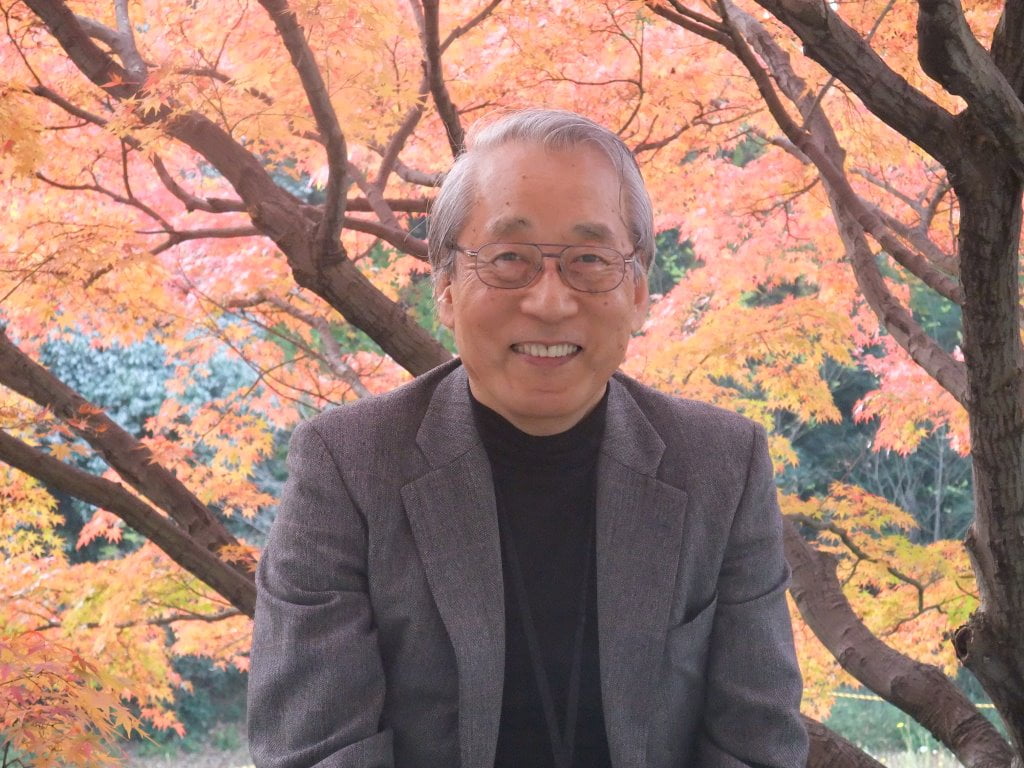
Shizuo Harada
Architect, Architectural Institute of JapanM.Sc.Authorized ArchitectMember of Marine Planning Committee, Architectural Institute of JapanLecturer in Department of Oceanic Architecture and Engineering College of Science and Technology, Nihon University Lecturer in Architecture, Faculty of Science and Engineering, Waseda UniversityLecturer in Showa Women’s UniversityProfessor of IAA(International Academy of Architecture)Visiting Professor of Quing Tao Univ. ChinaVisiting Professor of Aichi Prefectural Univ. of Fine Arts & MusicProfile1968~75Worked for Kikutake Architect and Associates.Hawaii Marine City ProjectTokyo Bay Marine City ProjectAquapolis (Governmental Pavilion at Okinawa Marine Exposition 1975)1979Established ESCO Co., Ltd2001~2005Chief Producer of Japan Association for the 2005 World ExpositionDesigner of Master Plan of Expo sitePrizes6th WORLD BIENNALE OF ARCHITECTURE“INTERARCH ’91” Grand Prix of Minister of Culture of the Republic of Bulgaria-statuetteCommercial Space Design Award ’91Award from Illumination Promoting AssociationAward “Chubu Kenchiku”Writings”COMMUNITY AND CITY” (Joint work), The Sanno lnstitute of Management, 1976“SKY CITY 1000″ (Joint work), Kaibundo Publishing Co., Ltd. 1989”FRONTIER DESIGN FOR URBAN DWELLING STRATIFORM STRUCTURE MODULE”,Rikoh Tosho Co., Ltd. 1991“THINKING ABOUT ARCHITECTURE” (Joint work),Kajima Institute Publishing Co., Ltd. 1991“INTERCULTURAL EXCHANGE” (Joint work with producers of Aichi Expo) Tokyu Agency Co.Ltd.2006
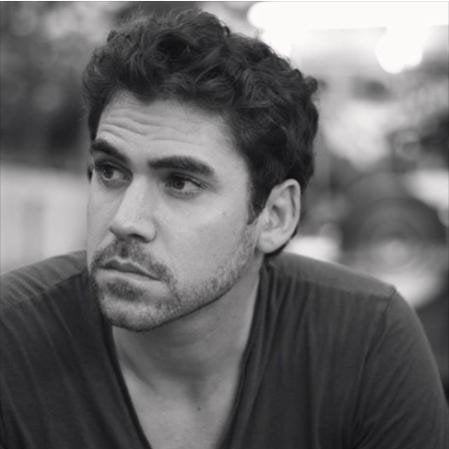
Ryan Roth
Roth-Management (UK)Ryan Roth attended University in Southampton to study law before traveling the world to hone his understanding of culture and global art markets. He is an entrepreneur and cultural anthropologist with experience in an astounding variety of areas. Ryan Roth splits his time residing in Bangkok, Hong Kong, Tokyo and London, cultivating a deep understanding of the different (specifically art) cultures and markets. His efforts were recognized by The Guardian in 2013 when he, along with his company Roth Management, were named one of the top 500 cultural influencers in the world.Roth established Roth Management in 2009 and in 2015, Roth Management announced an average 3500% ROI on art it advises its clients to buy, over a 5 year period.Ryan is well-known as a creative culture catalyst as he applies his skills to all areas of culture including architecture through two of his own architecture companies and his future work as a judge at the IAI awards in Shanghai.In 2014 he spoke on a panel with Dr. Koon (Shell’s top political analyst) in Thailand, at the Future Cities campaign, in front of some of Thailand’s ministers. He is now known as a futurist in regards to future urban planning and lays art and quality of life at the forefront of any city development.
Evaluation Criteria
The entries will be judged against the following criteria.Visionary power, in the context of which the jury will focus on the originality and innovative character of the sketch design.Architectural quality, in the context of which the jury will review the spatial composition, the incorporation of the ocean environment, the expression and materialization, and the consistency of the sketch design.Sustainability, in the context of use of materials, energy use, water use, ecological quality, social quality, and influence on the surrounding area.Survivability, in the context that the design considers the nature of the ocean environment including high winds, wave action, and saltwater corrosion.Feasibility & Practicality, in the context of which the jury will assess the functionality, feasibility, and realism of the sketch design.Financial pragmatism, in the context that the jury will prefer designs that appear financially sound to realize over those that are fanciful but would require astronomical investment to build.
Contest Rules
The competition is open to individuals and teams.All contestants must review The Seasteading Institute/DeltaSync Floating City Project Design and Implementation Concept report, to understand the foundation and constraints of the project.We invite participants to create designs for a small city with at least 10 platforms which contain housing, hotel/resort, and office/commercial spaces with the following criteria:Designs can be created for 50 meter sided square, pentagon, and/or hexagon platforms (see DeltaSync concept for foundational information; the report does not contain hexagons, but we are allowing them for this contest).Buildings should be no more than 3 stories tall.Structures can take up to 80% of the platform, leaving at least the other 20% for walkways, gardens, and outdoor spaceDesigns should account for repositioning, such that the east-west/north-south positioning is not static.Designs should account for repositioning, such that it wouldn’t matter what modules are directly attached as a neighbor. This will allow for fluidity in rearranging a sea-city.Designs should take into account sustainable energy practices, such as solar, wind, wave, and tidal power, and natural heating, cooling, and ventilation. The platforms are not intended to be connected to land for electricity, water etc.Designs should consider wave action, and withstanding severe ocean storms. The entries must include at least one 3D perspective of the whole the city (render or sketch), at least one sample floor plan, and at least one overall section (a vertical cross section that includes the platform). We encourage multiple 3D perspectives and any relevant floor plans and sections to articulate your concept.